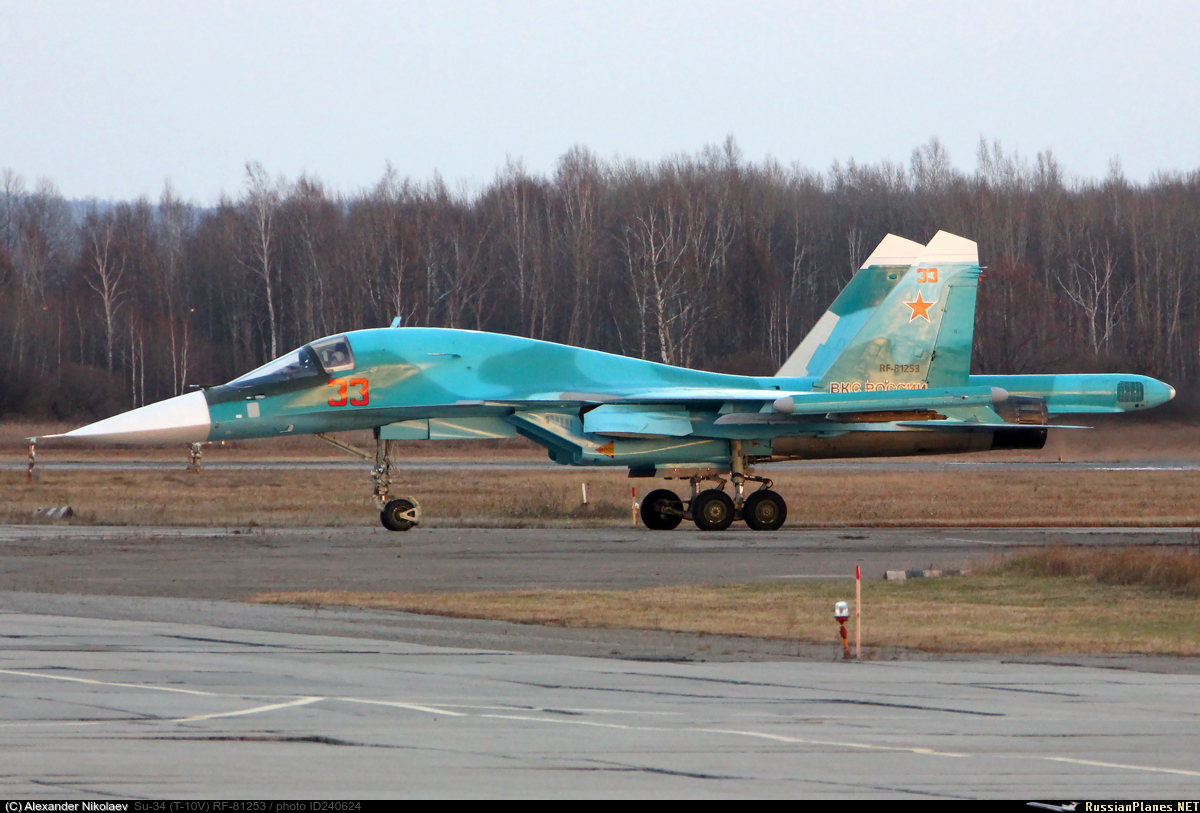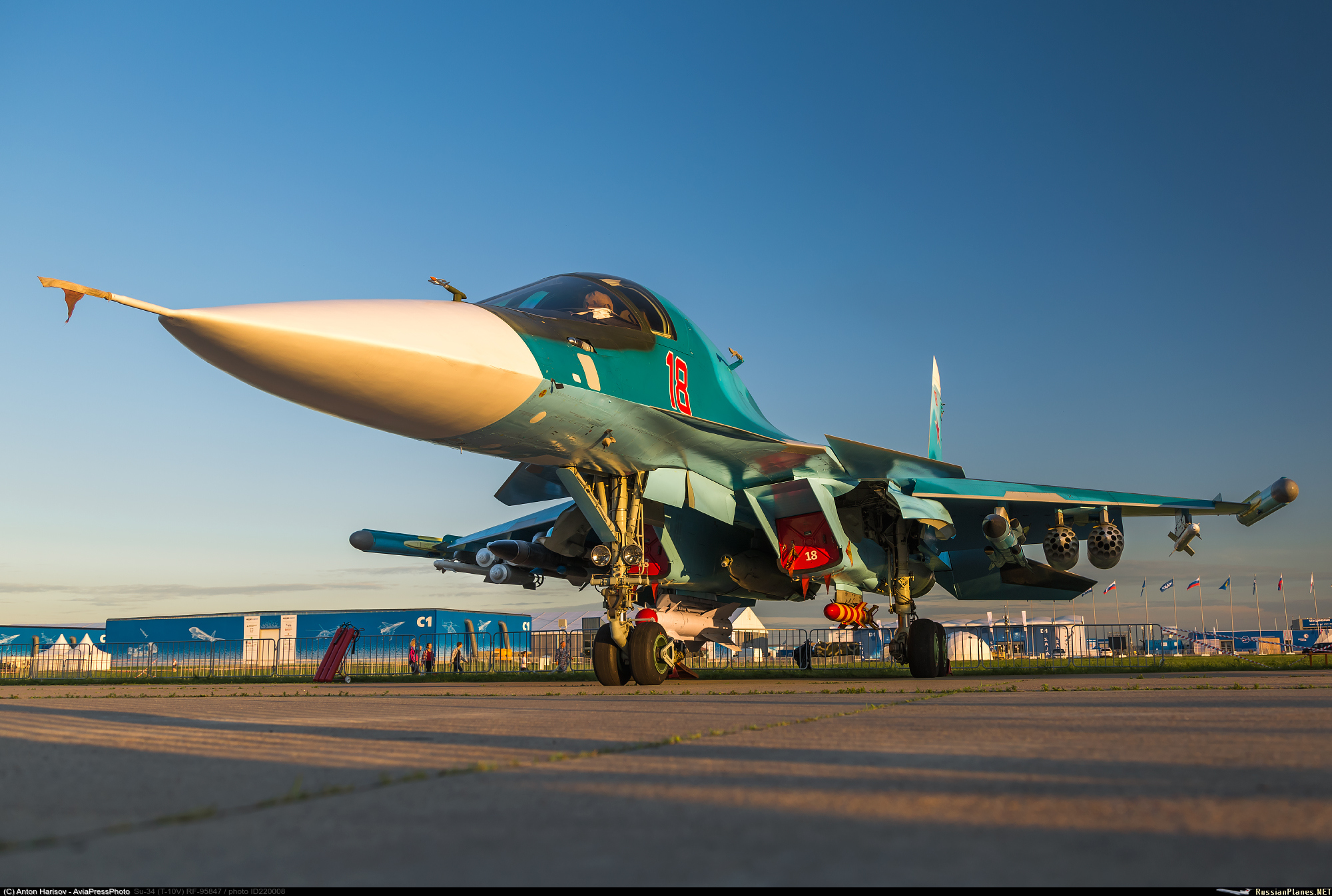Ilyenkor káosz van, nem kicsi! Még ami biztos, az is félre megy.
Amikor 1991-ben lezuhant egy pápai MiG-21Bisz Gyermelynél, akkor is a lezuhanás pontos helyének megadása ellenére, teljesen máshol keresték először.
Amikor 1991-ben lezuhant egy pápai MiG-21Bisz Gyermelynél, akkor is a lezuhanás pontos helyének megadása ellenére, teljesen máshol keresték először.



